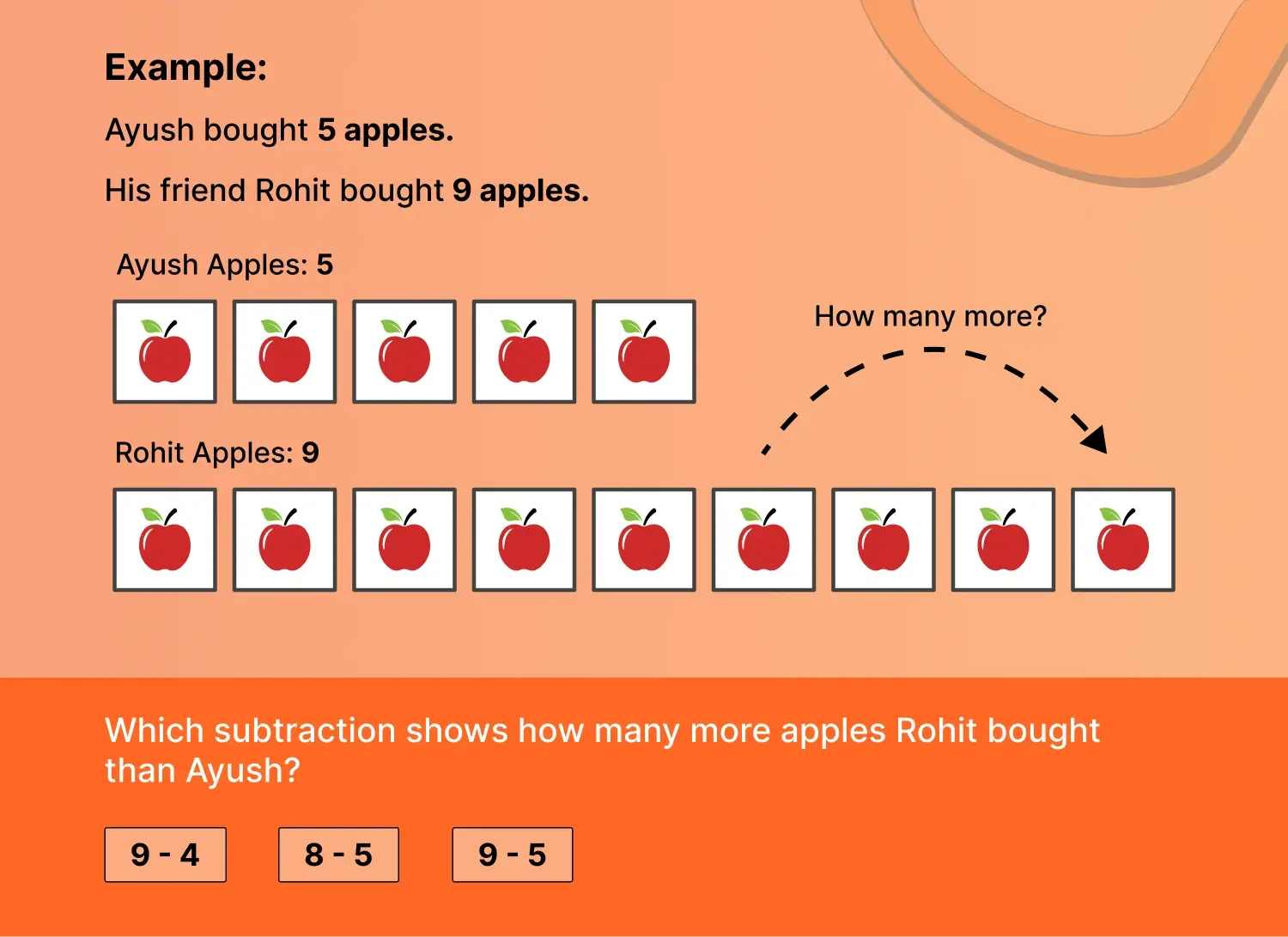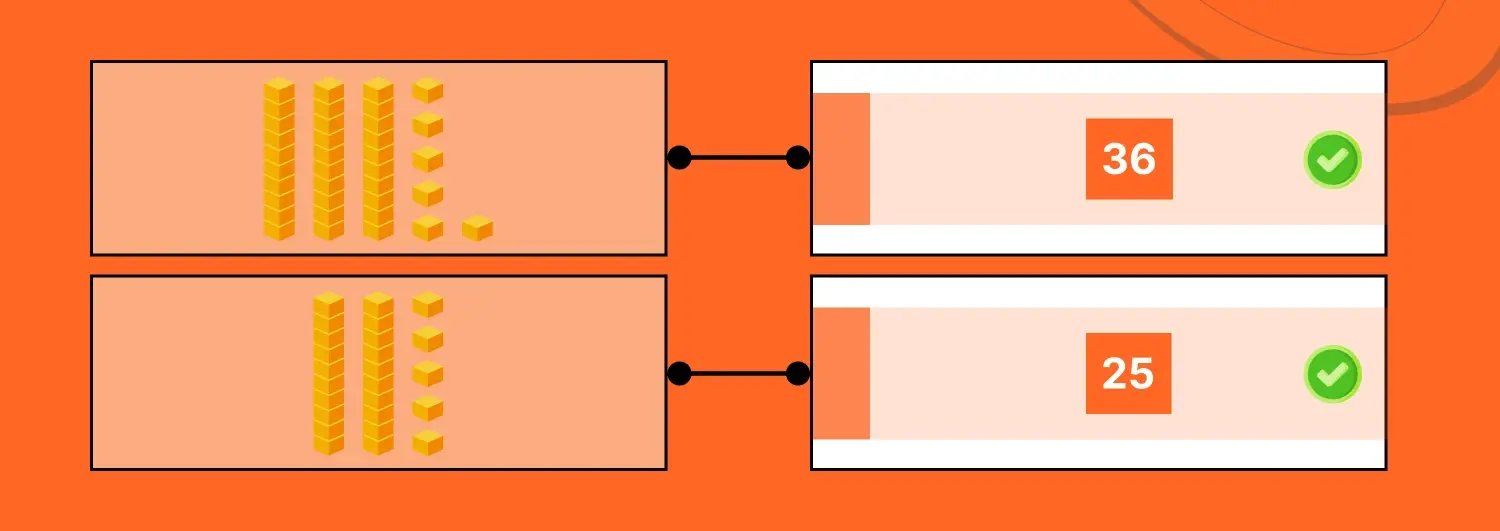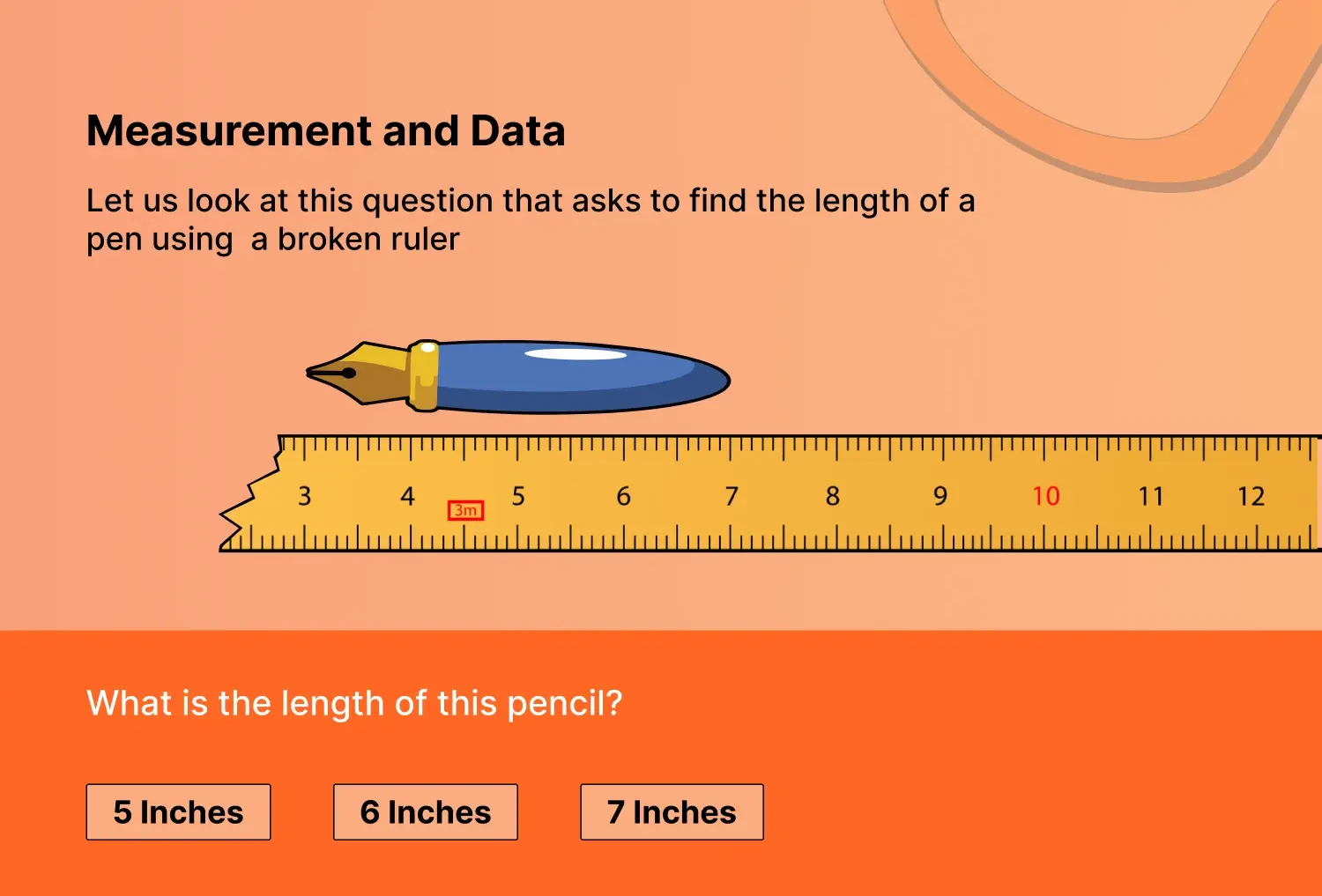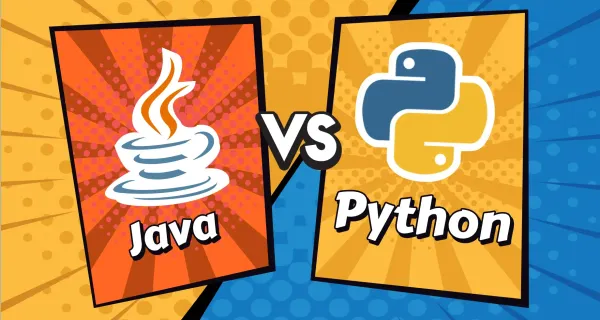Common Core Math Standards Grade 1: What Your Child Needs to Know

If your child’s homework appears to be a secret code, do not panic. We understand that, math classes in your times were just about memorization and numbers. But today things have changed. Now, maths is all about making kids understand why 2+2=4 not just telling them that 2+2=4 is the right answer.
Wait... This Isn’t How I Learned Math!"
Fun Fact: The word “math” is originated from the old word that means “to learn”.
Well, you are getting your child ready to be a professional learner.
What Your 1st Grader will Master Without Tears (Easy Peasy!)
1. Learn to Add & Subtract Like a Mini Genius

What They Learn:
- Children will solve simple math problems up to 20, such as 8 + 7 or 12 - 5.
- Children learn basic math by using toys, drawings, and their fingers instead of written numbers (this is effective).
- Your child can handle basic word problems when you ask, "When you have 6 goldfish and eat two of them, what remains?"
Make It Fun:
- They can play some form of Candy Math, where they count using candies – eats some candies to understand subtraction.
- High-Five Addition – raise hands while counting (3 high fives + 2 high fives = 5)
Silly Fact: The reason behind why we have the “+” sign is to make things easier for people to write down “and”. Lazy mathematicians? Maybe!
2. Place Value (Why is 25 Not Just a 2 and a 5)

What They Learn:
- The number 25 consists of a combination of 2 tens with 5 separate units.
- Children should understand that 36 is greater than 25 when comparing numbers.
Make It Fun:
- Convert dimes and pennies into the “Money Game” (1 dime is equal to 10 pennies = instant math)
- Make numbers using LEGO towers (10-block tower + 5 single blocks = 15)
Who Knew? The ancient Egyptians preferred using small pictures instead of traditional numerical symbols. For example, imagine that you use a cat for 10 and a duck for 5 or 🐱➕🦆 = 15.
3. Measurement and Data

What They Learn:
- Telling time by halves (“It is quarter to four – we’re going to be late!”.
- Use of interesting objects for measurement (“How many teddy bears are as long as your bed?”)
- Making simple graphs ("Did we have more sunny or rainy days this week?")
Make It Fun:
- "Daily Routine Clock" - Draw pictures of meals, school, and bedtime on a paper clock
- “Shoe Measurement” – compare who is taller in “Mommy’s shoes” and “your shoes”.
- “Weather Chart” – sticky with happy or sad sunshine and record sunny and rainy day

Children can see that 8 ones from 28 and 8 ones from 18 add up to 16 ones. Since 16 is more than 10, we regroup it into 1 ten and 6 ones.
Now, let’s add the tens: 2 tens from 28 + 1 ten from 18 + 1 extra ten from regrouping. That makes 4 tens.
So, the total is 46. This helps kids understand how addition works step by step!
Fun Fact: Did you know that there exists a term called “zeptosecond”, which means it is the smallest time that has ever been recorded. It’s so fast, you can’t even blink in that time!
4. Shapes Are Everywhere (Geometry)
What They Learn:
- Drawing circles, squares, triangles in real life
- Simple 3D shapes like cubes (dice!) and spheres (balls!)

Make It Fun:
- During the observation check activity – “Shape Scavenger Hunt” where children are challenged to find the most rectangle shapes in the house.
- Build with Toothpicks and Marshmallows (Try to make 2D shapes into 3 D)
Silly Shape Fact: It may surprise you that a pizza is actually a shape of a circle until it is sliced. Then it’s a triangle! Math magic!
How to Help
- Count everything: The total amount consists of steps, toys and fruits teaches basic math concepts.
- Use real-example math: When you have four cookies and I take one from you then how many cookies yo have left.
- Play games: People can enjoy learning math concepts while playing cards games, board games and measuring ingredients for food preparation.
Final Tip: It’s Okay to Go Slow
Children require understanding more than they need speed in their education. Students can use fingers together with picture-drawing as methods to solve problems. Great! That means they’re really thinking.
Want Extra Fun Math Help?
The playful math live classes available at Debe Learning will engage students in learning through enjoyable activities.
FAQs
Q1. How can I make math fun for my child?
Children learn better through games and toys as well as practical activities like counting candies or shoe measurements.
Q2. Why does my child use fingers for math?
They can better understand numbers by using finger calculation which develops visual skills prior to memorizing mathematical facts.
Q3. What is place value, and why is it important?
Place value helps kids with understanding that the number 15 represents "one ten and five ones" instead of individual values "1" and "5."
Q4. How can I teach my child to tell time easily?
Children can understand time concepts better when they use a picture-based "Daily Routine Clock" showing meal times and school hours and bedtime.



